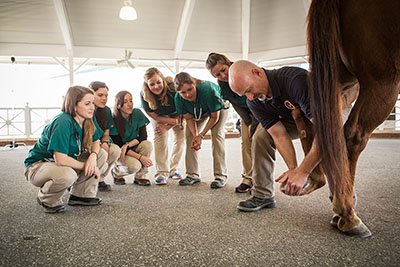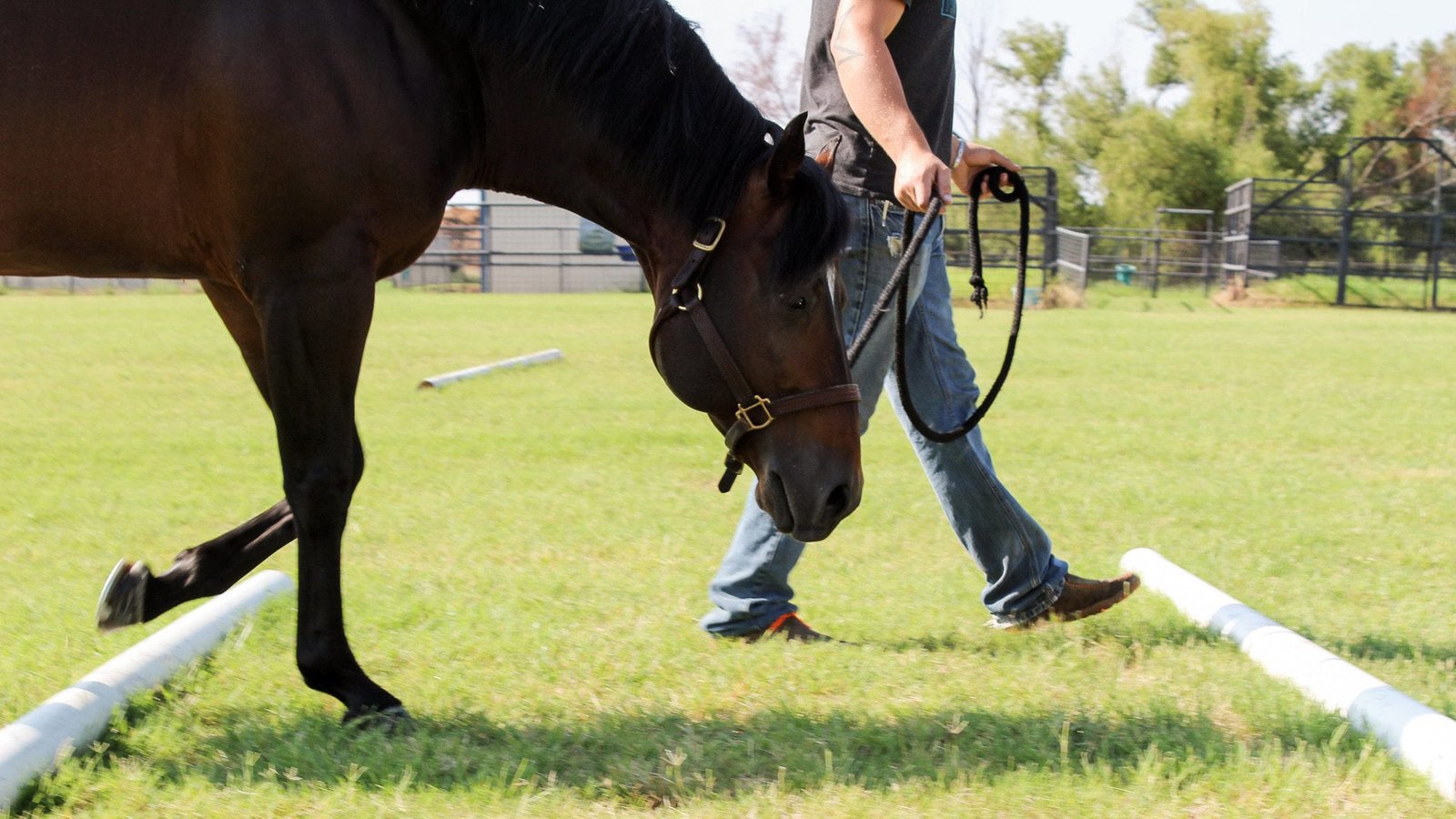Athletic horses are incredible creatures—graceful, powerful, and capable of performing at high levels across disciplines from racing to jumping to dressage.
But just like human athletes, they’re also prone to injuries and strain from the physical demands placed on their bodies.
That’s where equine sports medicine and rehabilitation come into play. This specialized field is rapidly evolving, offering new tools and techniques to not only treat injuries but also prevent them, improve conditioning, and speed up recovery. The goal? Help horses return to peak performance safely, comfortably, and as quickly as possible.
Whether you’re a competitive rider or simply want to support your horse’s physical well-being, understanding the latest in equine rehab can be a game changer.
What Is Equine Sports Medicine?
Equine sports medicine focuses on the diagnosis, treatment, and prevention of injuries related to exercise and athletic performance. These aren’t always dramatic breakdowns—more often, they’re repetitive stress injuries, inflammation, joint strain, or soft tissue damage from overwork or improper biomechanics.
Sports medicine involves a combination of veterinary care, diagnostic imaging, physical therapy, and performance evaluation. It’s all about keeping the horse moving correctly, efficiently, and without pain.
Common Injuries in Performance Horses
Even with excellent care, horses can suffer from injuries related to their job or training intensity. Some of the most common include:
- Tendon and ligament strains (like superficial digital flexor tendonitis)
- Suspensory ligament injuries
- Joint inflammation or arthritis
- Back pain and sacroiliac issues
- Hoof-related lameness (e.g., navicular syndrome)
- Muscle soreness or tears
Identifying these problems early is key. Subtle signs like shortened stride, resistance in training, uneven movement, or behavioral changes may point to discomfort beneath the surface.

Advanced Diagnostic Tools
Sports medicine relies heavily on modern diagnostics to pinpoint the source of a problem. These tools have become more accurate and accessible in recent years:
- Digital radiography (X-rays) to detect bone damage
- Ultrasound to evaluate soft tissue injuries
- Thermography for detecting inflammation through heat patterns
- Gait analysis using pressure sensors or slow-motion video
- MRI/CT scans for deep internal structures, especially in complex or chronic cases
These technologies allow vets and therapists to create more precise, customized treatment plans.
Innovative Treatment Techniques
Equine rehab has moved far beyond rest and hand-walking. Today, cutting-edge therapies are helping horses recover faster and more fully than ever before.
1. Shockwave Therapy
Extracorporeal shockwave therapy uses sound waves to stimulate healing in injured tissues, particularly in tendons, ligaments, and bones. It boosts circulation, encourages tissue regeneration, and can reduce pain significantly.
2. Platelet-Rich Plasma (PRP) and Stem Cell Therapy
These regenerative therapies involve injecting the horse’s own healing cells into damaged areas. PRP focuses on platelets that aid tissue repair, while stem cells help rebuild damaged tendons or cartilage.
3. Cold Laser Therapy (Low-Level Laser Therapy)
This non-invasive treatment stimulates cellular activity, reduces inflammation, and promotes healing. It’s often used on joints, backs, and soft tissue injuries.
4. Electrotherapy and PEMF (Pulsed Electromagnetic Field Therapy)
These modalities use controlled electrical pulses or magnetic fields to relax muscles, relieve pain, and accelerate recovery.
5. Hydrotherapy and Underwater Treadmills
Water-based conditioning allows horses to move with reduced impact on joints while building muscle and cardiovascular fitness. Underwater treadmills are especially popular for rehabilitating leg injuries and improving balance and core strength.
Conditioning & Reconditioning Programs
Recovery doesn’t end with healing. Once the injury is addressed, structured reconditioning is essential to prevent reinjury and restore full performance.
A good rehab plan includes:
- Gradual return to work with precise monitoring of intensity
- Targeted stretching and strengthening exercises
- Manual therapies like massage, stretching, or chiropractic
- Cross-training to build fitness without repetitive strain
Every horse is different, so programs should be adapted to their history, body type, and discipline.
Preventative Care: An Athlete’s Edge
One of the most exciting areas in sports medicine today is prevention. Through regular assessments, muscle and movement analysis, and early intervention, many injuries can be avoided altogether.
Key preventative measures include:
- Proper saddle fit to avoid back or shoulder issues
- Routine chiropractic or physiotherapy assessments
- Balanced hoof trimming and shoeing
- Nutritional support (including joint supplements and antioxidants)
- Post-workout care such as ice boots, liniments, or stretching
Regular “wellness checkups” for sport horses can detect issues before they become limiting or chronic.
Mental Wellness in Recovery
Rehabilitation isn’t only physical. Horses recovering from injury often face long periods of reduced activity, which can cause boredom, anxiety, or even depression.
To support mental wellness:
- Maintain social interaction with other horses
- Offer turnout time if safe
- Use enrichment tools like toys or slow feeders
- Keep routines consistent and calm
A happy mind supports a healing body—especially in sensitive, high-performing animals.
Final Thoughts
Equine sports medicine is no longer just about fixing injuries—it’s about understanding the entire athlete. With advanced diagnostics, modern therapies, and thoughtful conditioning, we can do more than heal—we can build stronger, more resilient horses.
For any owner with a competitive or working horse, staying informed about these innovations is a powerful way to ensure your equine partner stays healthy, sound, and thriving in the long run.

